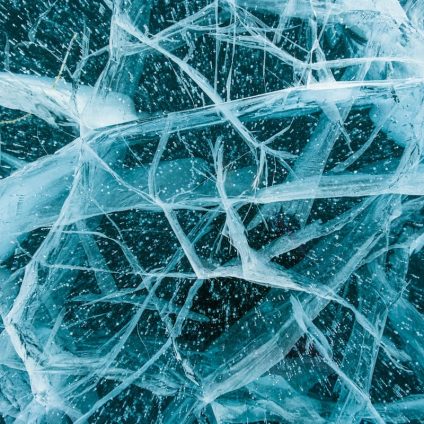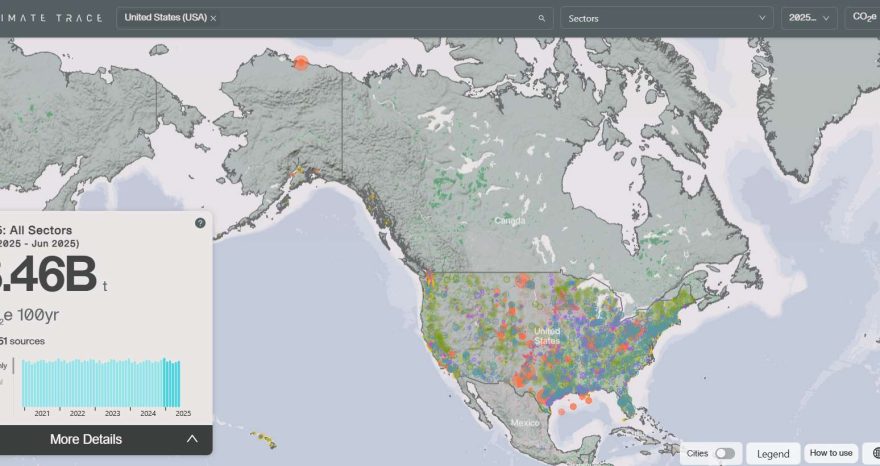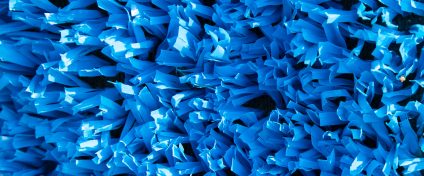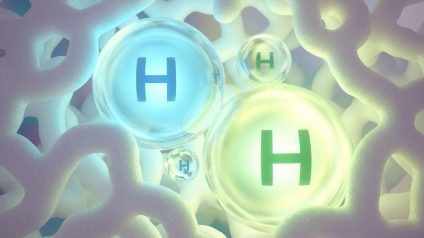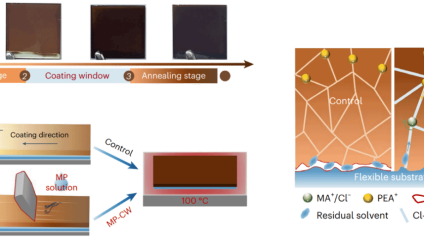The loss of sea ice is transforming the underwater light environment, with far-reaching consequences for photosynthetic organisms. Scientists are assessing the risks for primary producers in polar ecosystems.
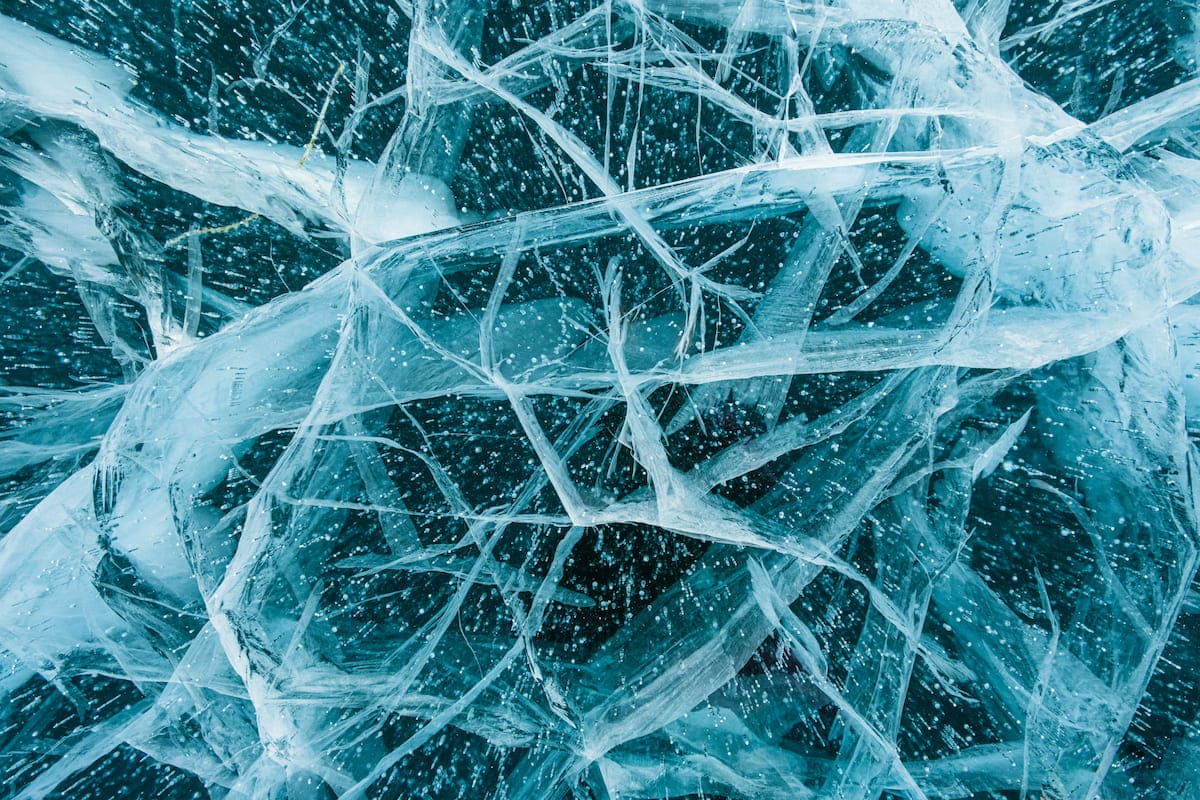
Ocean color is changing: what’s happening and why
Global warming is altering the color of the ocean. In some areas, the classic deep blue that earned Earth its nickname as the “Blue Planet” is giving way to green. In others, the blue is becoming even more intense. Both changes carry serious consequences for ecosystems, food chains, and carbon cycles – impacts that should not be underestimated.
The most dramatic shifts are happening in polar regions. As sea ice disappears, more light penetrates the ocean surface, disrupting the metabolism of marine organisms like phytoplankton, algae, and bacteria. While this phenomenon is well-known, the underlying mechanism has remained poorly understood.
New research on shifting light spectra
A new international study titled “Loss of sea ice alters light spectra for aquatic photosynthesis” sheds light on the issue. Led by marine biologists Monika Soja-Woźniak and Jef Huisman from the University of Amsterdam, the study explores how melting sea ice changes the underwater light environment. Their findings show a marked shift toward blue light in the water, narrowing the spectrum available in the euphotic zone – the sunlit upper layer where photosynthesis takes place – to shorter wavelengths.
To understand how sea ice loss is altering the spectral composition of light for aquatic photosynthesis, it’s important to compare how ice and liquid seawater transmit light.
Sea ice vs. seawater: how light behaves
Sea ice and liquid water differ significantly in how they interact with light. The first one reflects up to 90% of incoming light, allowing only a small fraction to pass through. However, that fraction includes a broad range of visible wavelengths. Liquid water, by contrast, reflects less light but scatters more blue wavelengths, with longer wavelengths being absorbed more quickly.
In addition, in liquid water, molecules are free to move and vibrate, which creates specific absorption bands at distinct wavelengths. These bands selectively remove parts of the light spectrum, leaving “gaps” in the light available for photosynthesis.
Previous studies have shown that these spectral gaps create “spectral niches” – unique combinations of wavelengths used by photosynthetic organisms. “Phytoplankton and cyanobacteria have evolved a variety of pigments to exploit these spectral niches, shaping their global distribution across oceans, coasts, and lakes,” the University of Amsterdam explains. These niches don’t exist in sea ice due to its rigid crystal structure.
How ocean color shifts affect marine ecology
As sea ice gives way to open water, the underwater light environment transitions from a broad, mixed-color spectrum to a narrower one dominated by blue. This spectral change is critical for photosynthesis.
“Photosynthetic pigments in algae living under sea ice are adapted to make the most of the wide range of colors in the limited light that passes through ice and snow,” explains lead author Soja-Woźniak. “When the ice melts, these organisms suddenly find themselves in a blue-dominated environment, which is less suitable for their pigments.”
Using optical models and spectral measurements, the research team showed that this shift in light color affects not only photosynthetic performance but also species composition. For example, microalgae that specialize in using blue light could gain a competitive edge over species like diatoms and chrysophyceae, which are better adapted to the light conditions under sea ice.
According to Professor Huisman, the ecological consequences could be widespread. “Photosynthetic algae form the foundation of the Arctic food web. Changes in their productivity or species composition can have cascading effects, impacting fish, seabirds, and marine mammals. Additionally, photosynthesis plays a vital role in the ocean’s natural absorption of CO₂”.


